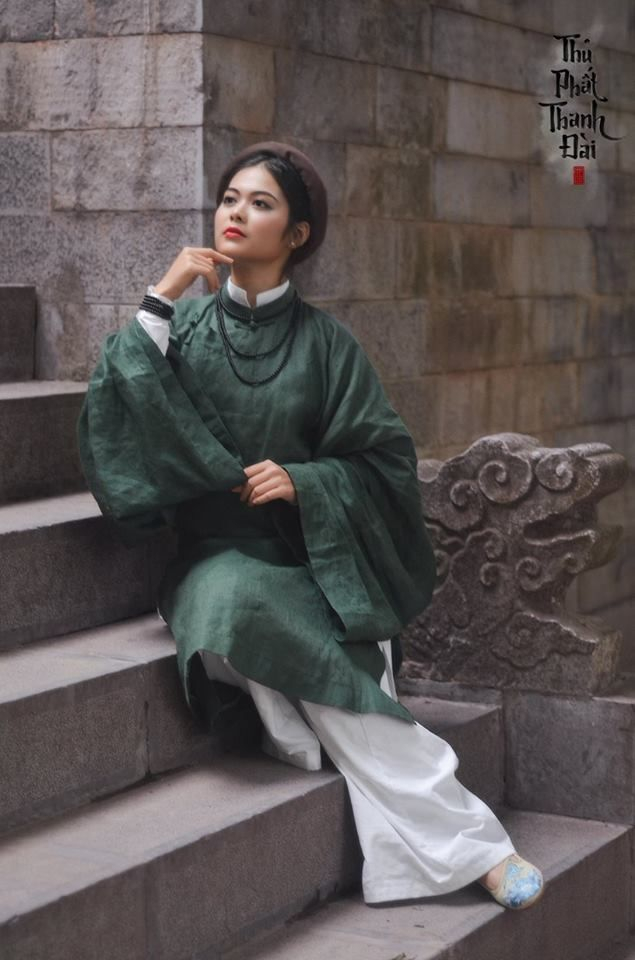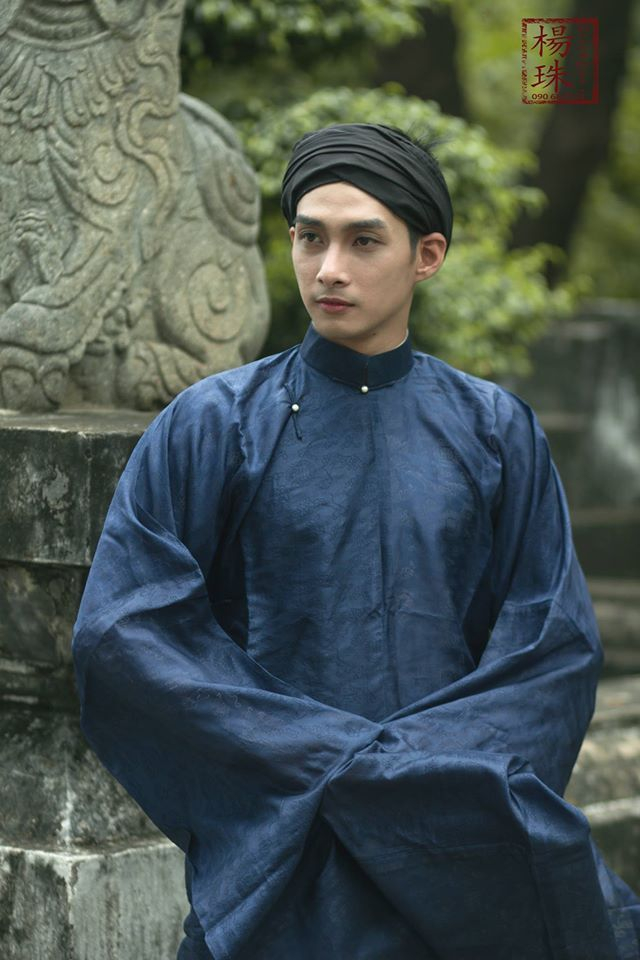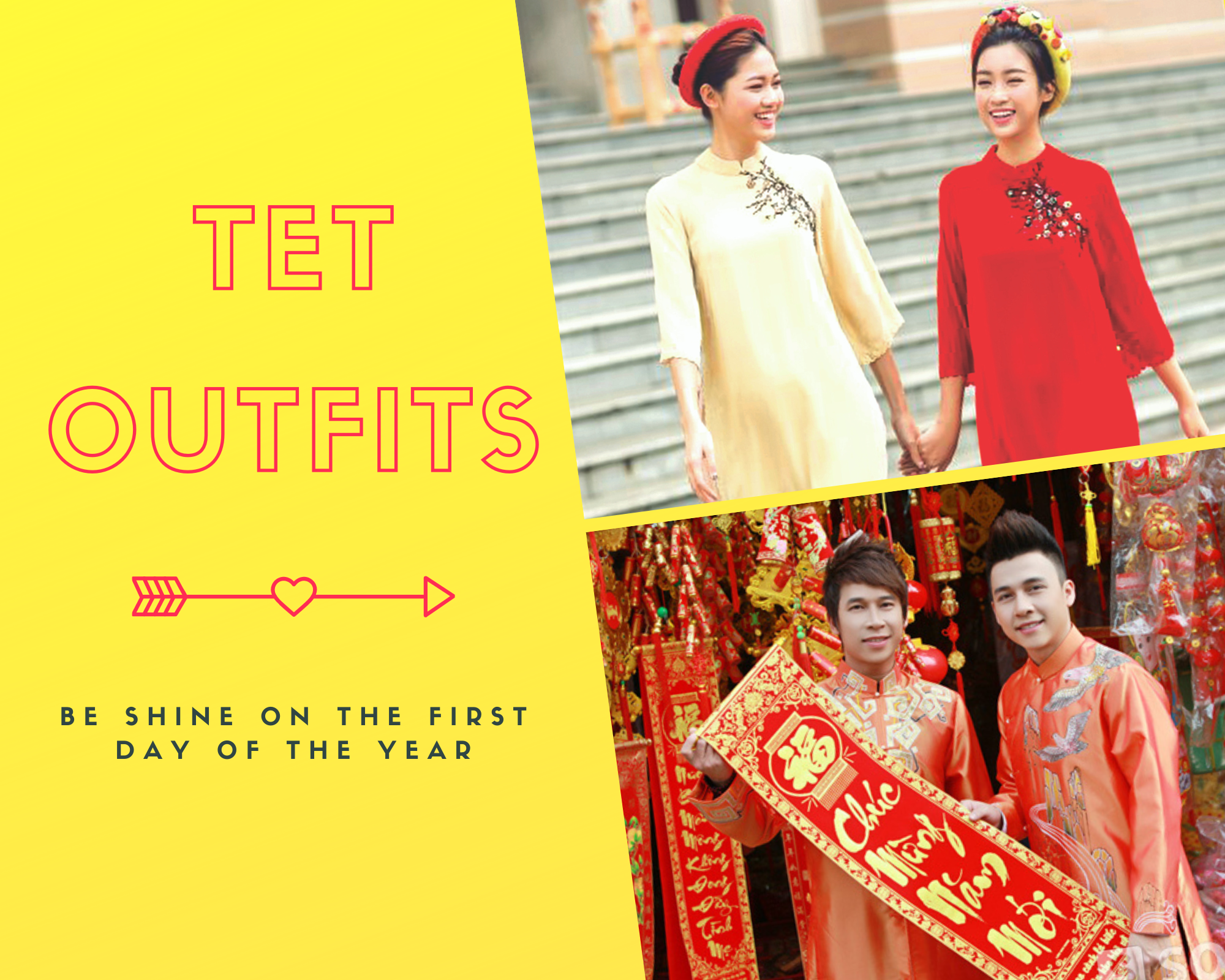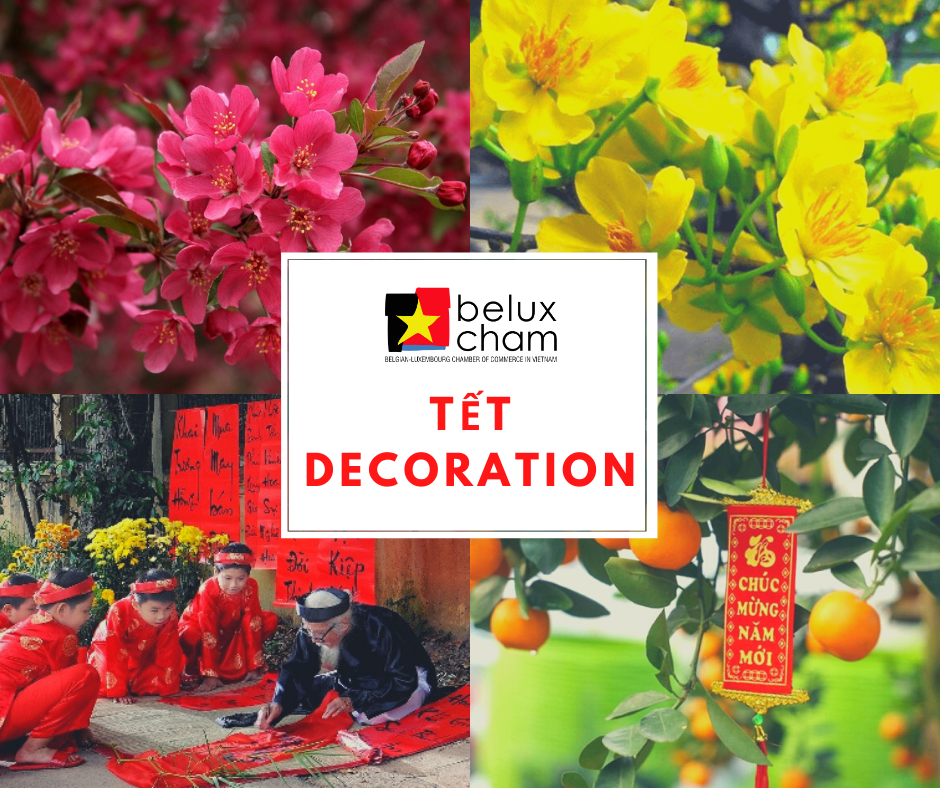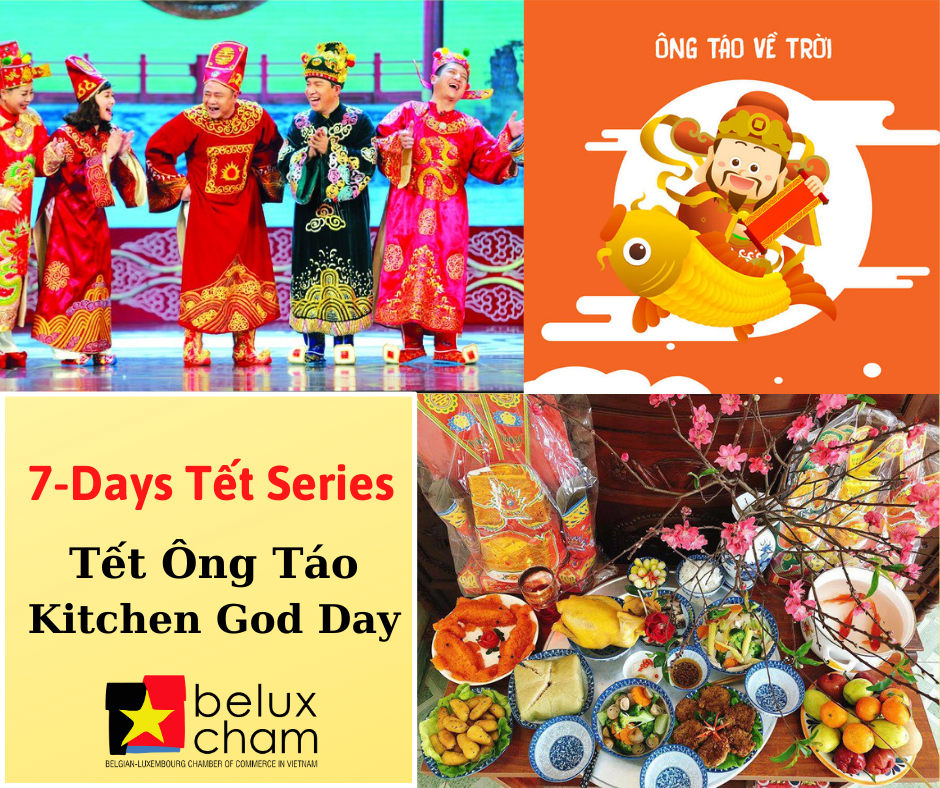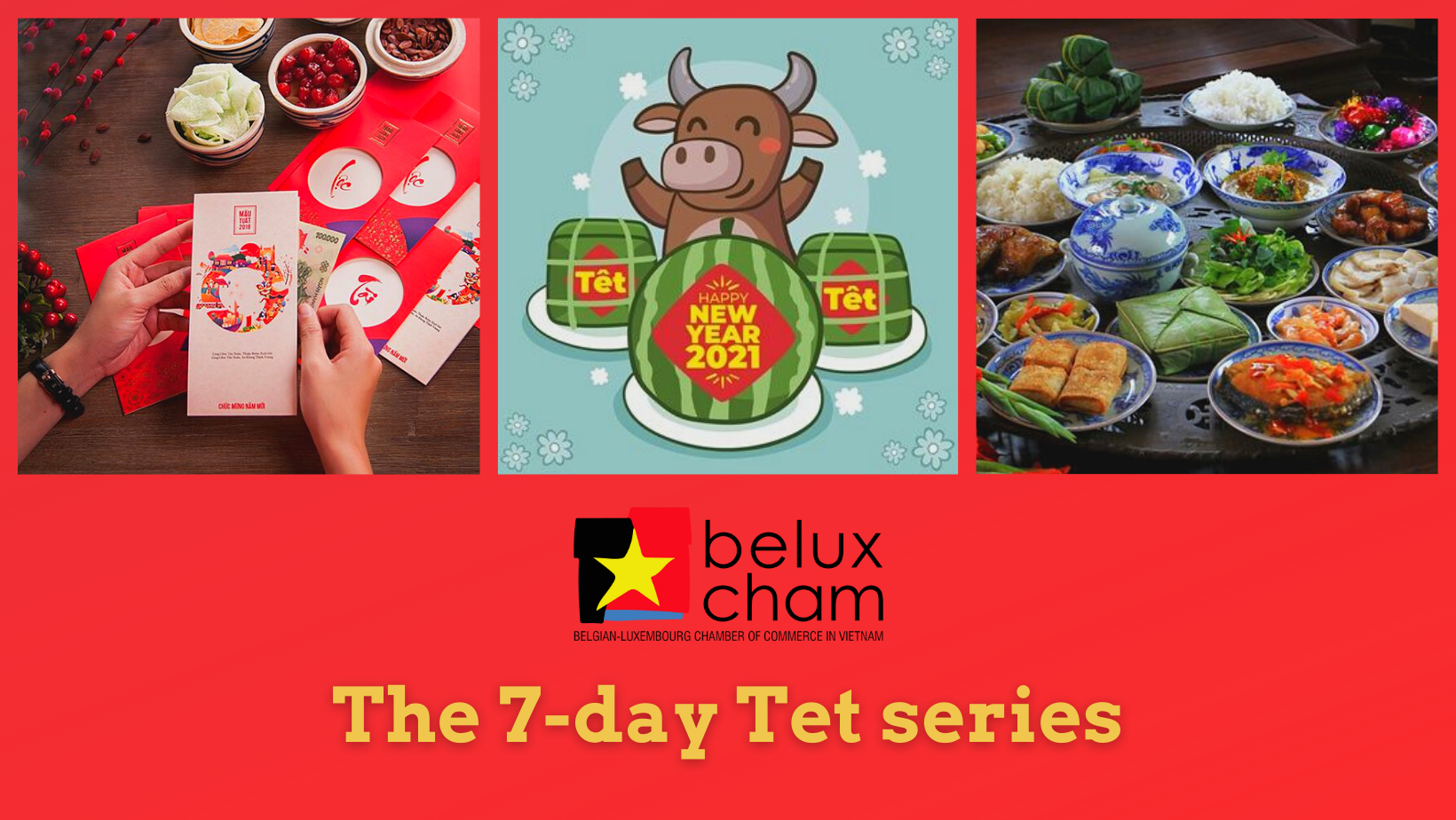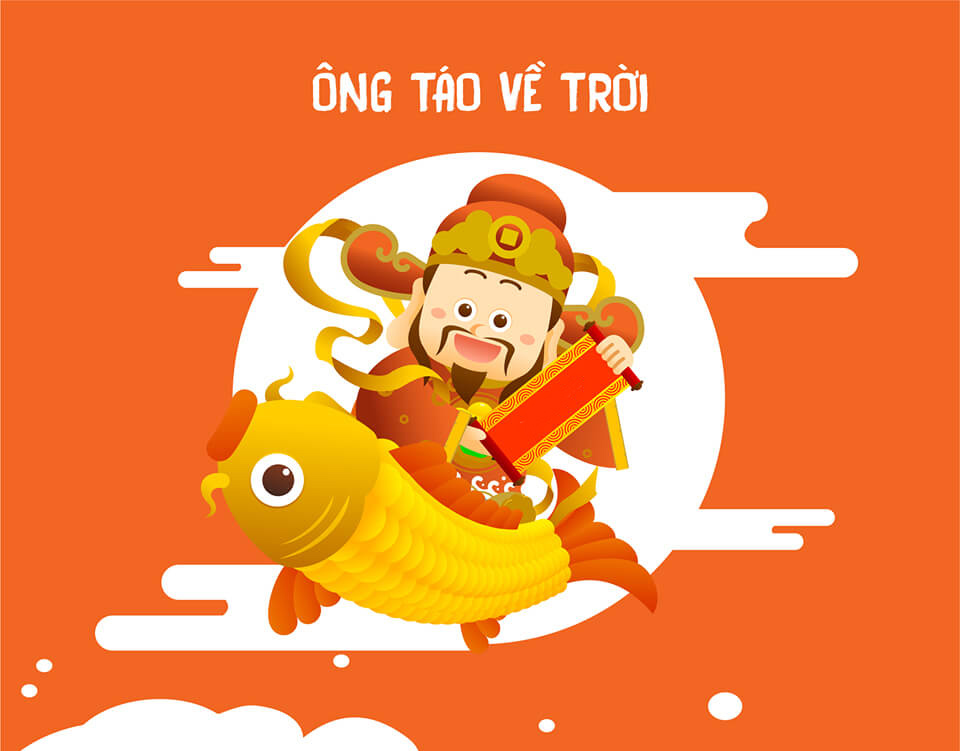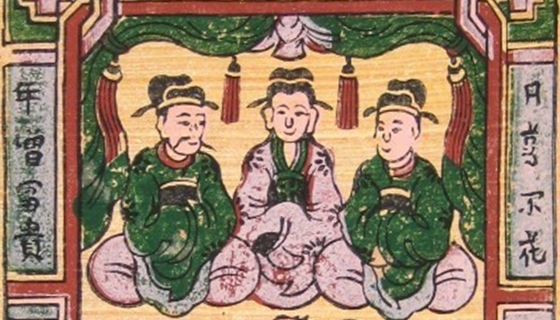Every Tet holiday comes when people and families are busy shopping for Tet, in which beautiful costumes are always the first priority items to buy. Everyone wants to have a beautiful outfit that stands out to go out on Tet. Not only that, On the first day of the year, wearing age-appropriate items according to old people’s conception makes a year more fortunate. So today we will help you choose the right clothes to wear on Tet Vietnam.
As well as the proverb “Pray for holiness. Be patient for good”. According to Vietnamese beliefs, on the first day of spring, we should wear clothes with colors that match our age. Choosing a color for a shirt/cloth to wear on the first day of the new year helps people avoid bad luck and get lucky for the new year. So to better suit feng shui (geomancy) as well as have luck for the whole year, it is also important to wear colors that match your age on the first day of the year. So, what color shirt/cloth should you wear on the 1st of the year 2024 so that can help 12 zodiacs can get lucky in business and life, let’s check the picture below.

As for costumes, Tet is a Vietnamese traditional holiday, so this is also an opportunity for people to wear traditional Vietnamese costumes, namely Ao Dai. Ao Dai is a kind of innovative outfit that was changed and stylized from the five-body shirt (Áo ngũ Thân) (with a stand-up shape, or standing neck) of the Westernization period, also known as the New period. Usually, the ao dai will be for both men and women, but it is more popular with women. With the development and changes, Vietnam Ao Dai also has many different shapes.
1. Traditional Ao Dai (Áo Dài truyền thống): Traditional ao dai usually has to be tailored to the size of each person, Vietnamese people will buy fabric and bring it to a professional Ao Dai tailor to sew according to their size.

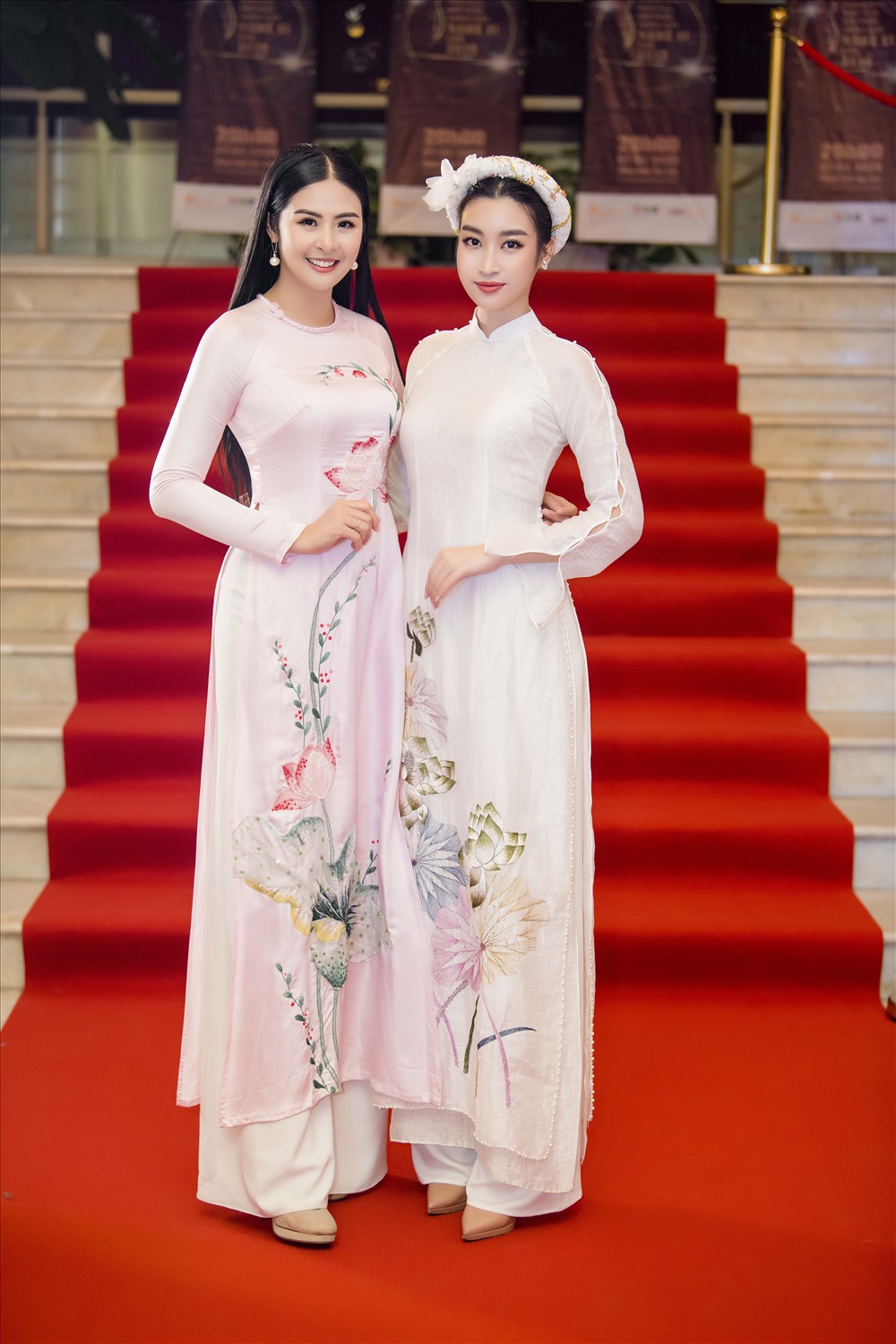
However, Due to the growth and today’s demand, there are also many brands and shops that also have ready-to-wear Ao Dai.
2. Innovative Ao Dai (Áo Dài Cách Tân): Most women think that the traditional ao dai is too long and cumbersome to function every day, especially at work that has to move a lot and constantly. Along with that, the weather in Vietnam is quite hot, so the traditional ao dai costume is no longer suitable to become ordinary clothes like in the past. That is why the modern innovative ao dai came into existence.
In addition, for girls whose body is not very balanced, wearing traditional ao dai on important occasions is not easy. Others can always have difficulty, having problems with the design of the shoulder and waist buttons that are easy to open, which is inconvenient for the wearer.
Understanding these things, changing the ao dai to suit the new and modern lifestyle is extremely necessary. “Innovating” ao dai is also the goal of bringing attractive and beautiful outfits; while creating more convenience and comfort for the wearer. And of course, these factors have met the needs of Vietnamese women and have gradually become the Ao Dai designs of the new era, easy to buy, easy to wear, and easy to use.
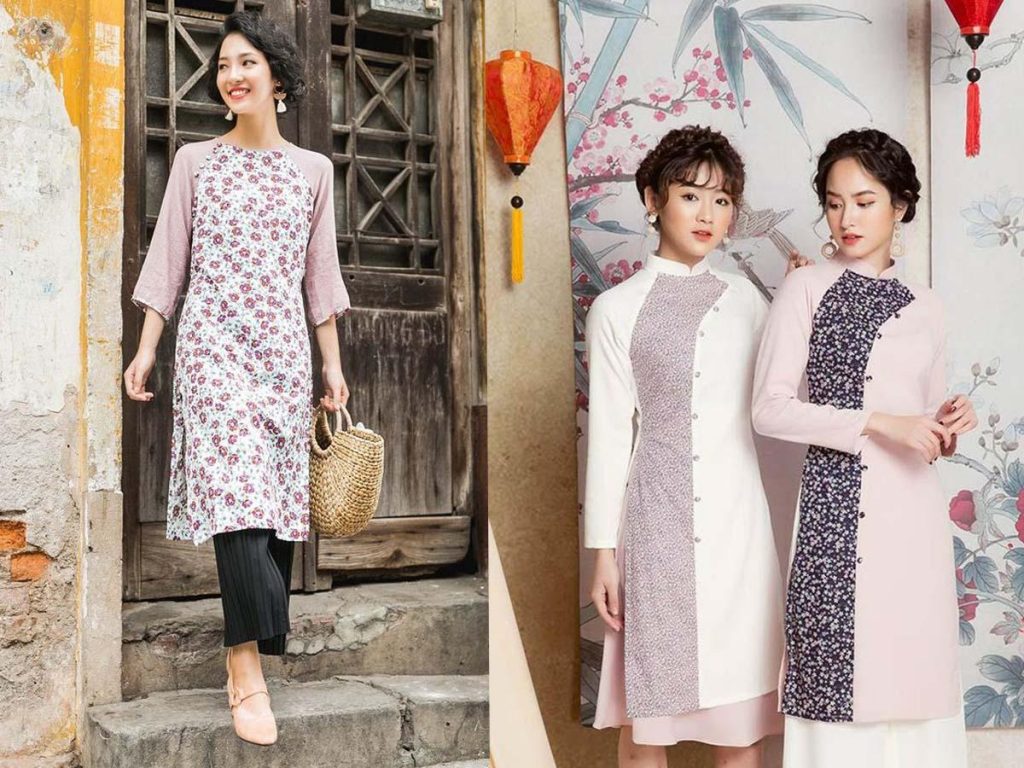

Ao Dai Vietnam also has models for men and children

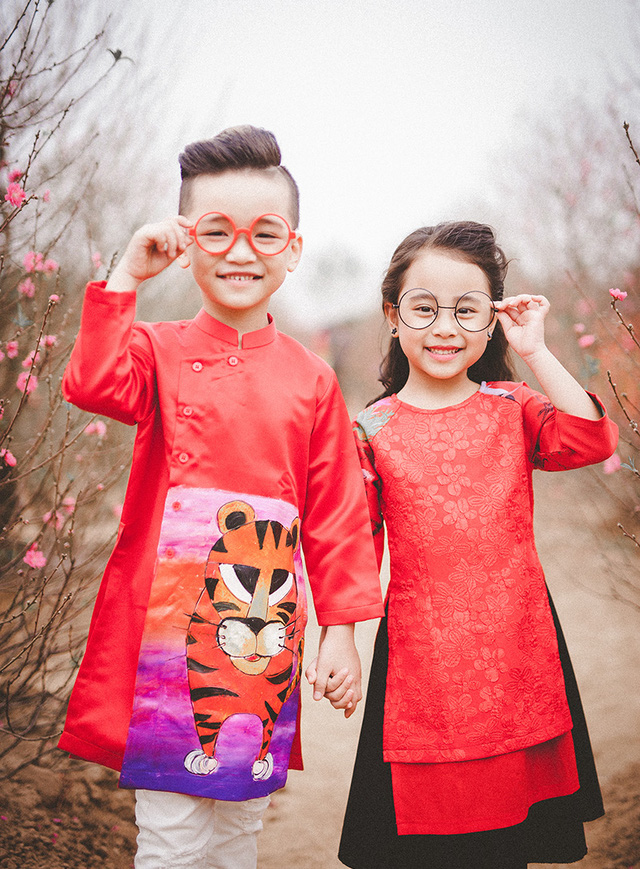
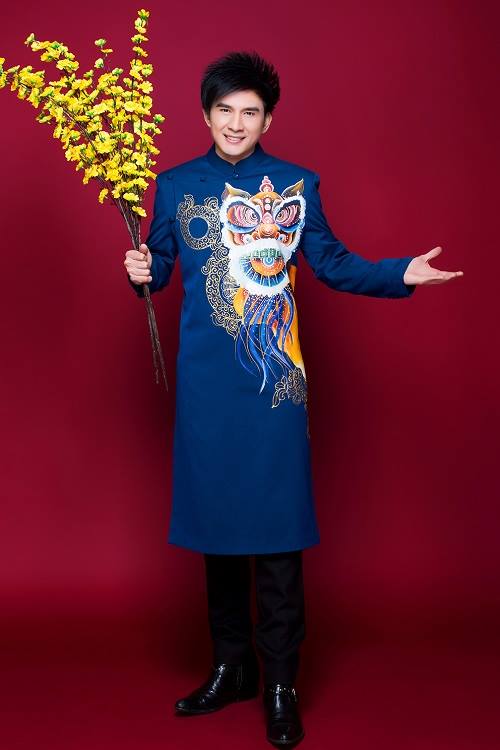
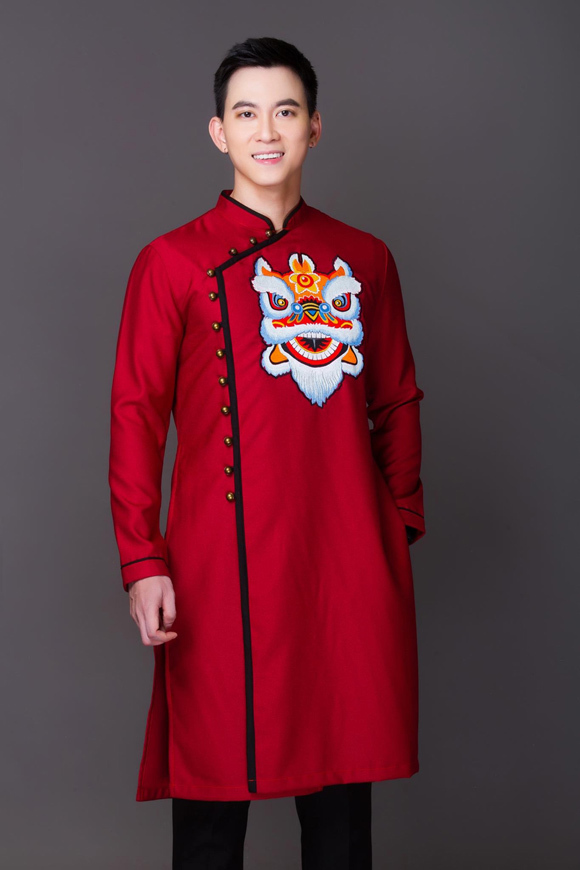
Here is some address that you can buy Áo Dài for you and your family:
- HANOI: Floor 3 – 172 Yen Lang, Dong Da, Hanoi
- HO CHI MINH: 135/37 Tran Hung Dao, Cau Ong Lanh, District 1, HCMC – 147 De Tham, Co Giang, District 1, HCMC
- DA NANG: 4th Floor, Building A, 72 Ham Nghi, Thanh Khe, Danang
2. CEILIO
Website: https://ceilio.vn/collections/ao-dai
Facebook: https://www.facebook.com/ceilio.hn/
- HANOI: 8 Ton Duc Thang – Hanoi
- HAI PHONG: No. 1 Hang Kenh – Hai Phong City
- HO CHI MINH: 1C P8 Q3 Ly Chinh Thang- HCMC
3. MAGONN DESIGN
Website: https://www.magonn.com/collections/ao-dai
Facebook: https://www.facebook.com/MagonnDesign
- HANOI:
– 110 Thai Ha
– 106B H3 Thanh Cong
– 76 Ba Trieu
– 15 Lot 11, Trung Hoa street, Cau Giay - HO CHI MINH:
– 41 Hai Ba Trung, District 1
– 240 Vo Van Tan, District 3
– 105 Nguyen Trai, District 1
4. Tiem Huu la la
Facebook: https://www.facebook.com/tiemhuulalaa
- HANOI: 02 General House, Hoan Kiem, Hanoi.
- HO CHI MINH: 185F Cong Quynh. Q1. Saigon.
5. Áo dài by Quyên Nguyễn_ Sài Gòn
Website: https://quyennguyen.vn
Facebook: https://www.facebook.com/AoDaiThietKeSaiGon/
- HANOI: 84 Mai Hac De, Hai Ba Trung, Hanoi.
- HO CHI MINH: 115 Ho Van Hue, Ward 9, Phu Nhuan District, Ho Chi Minh City.
You can check more address for Ao Dai here
3. Besides Ao Dai, Vietnam also has renovated old costumes that you can wear in Tet holidays such as “Áo nhật bình” and “Áo Ngũ Thân” (Ancient Ao Dai)

